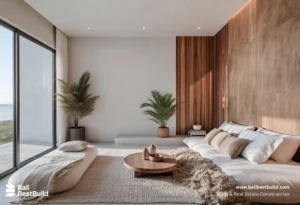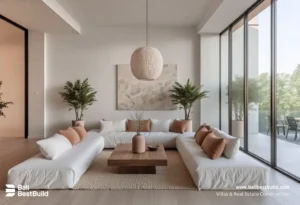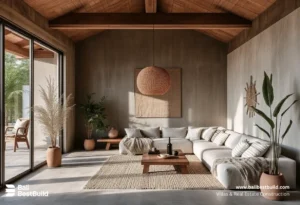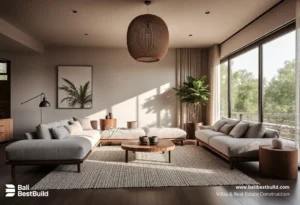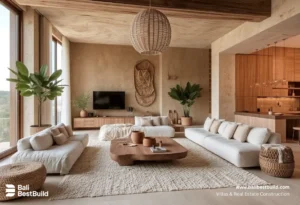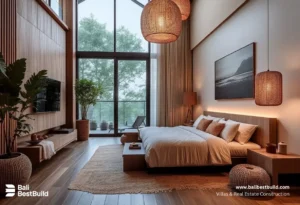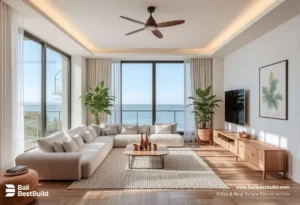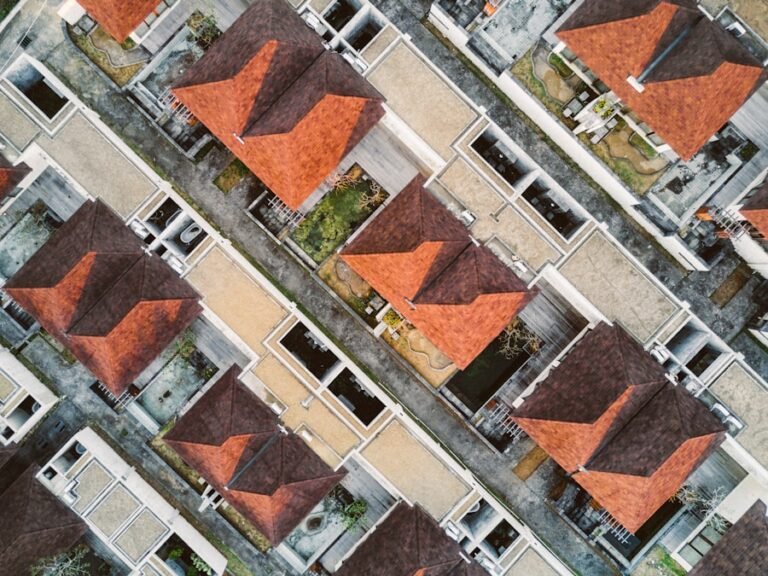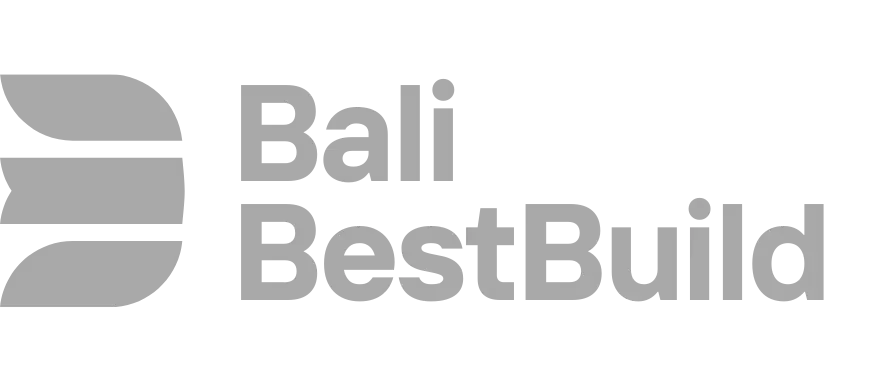Prefabricated homes, also known as prefab homes or modular homes, are a type of housing that is built off-site in a factory setting and then transported to the final location for assembly. This method of construction has been gaining popularity in recent years due to its numerous benefits, including cost and time savings, environmental sustainability, and design flexibility. Prefabricated homes come in a variety of styles and sizes, ranging from small, single-family dwellings to larger, multi-story structures. They can be customized to fit the specific needs and preferences of the homeowner, making them a versatile and attractive option for those in the market for a new home.
Environmental Benefits of Prefabricated Homes
One of the most significant advantages of prefabricated homes is their environmental sustainability. The construction process for prefab homes generates less waste and uses fewer resources than traditional on-site building methods. Additionally, the controlled environment of the factory setting allows for more efficient use of materials and energy, resulting in a smaller carbon footprint. Furthermore, many prefab homes are designed with energy-efficient features such as solar panels, high-performance insulation, and sustainable building materials, making them an eco-friendly choice for environmentally conscious homeowners. By choosing a prefabricated home, individuals can reduce their impact on the environment while still enjoying a comfortable and stylish living space.
In addition to their environmental benefits, prefabricated homes are also cost-effective and can save homeowners both time and money. The streamlined construction process in a factory setting allows for greater efficiency and reduced labor costs, resulting in overall lower construction expenses. Additionally, the shorter construction timeline means that homeowners can move into their new home sooner, saving on temporary housing costs and allowing them to start enjoying their new living space more quickly. Prefabricated homes also offer greater predictability in terms of budgeting and scheduling, as the controlled environment of the factory setting minimizes the risk of delays and unexpected expenses that can often occur with traditional on-site construction.
Cost and Time Savings
Prefabricated homes are an attractive option for those looking to save both time and money on their new home construction. The streamlined construction process in a factory setting allows for greater efficiency and reduced labor costs, resulting in overall lower construction expenses. Additionally, the shorter construction timeline means that homeowners can move into their new home sooner, saving on temporary housing costs and allowing them to start enjoying their new living space more quickly. Prefabricated homes also offer greater predictability in terms of budgeting and scheduling, as the controlled environment of the factory setting minimizes the risk of delays and unexpected expenses that can often occur with traditional on-site construction.
In addition to the cost savings associated with the construction process, prefabricated homes also offer long-term financial benefits. Many prefab homes are designed with energy-efficient features such as solar panels, high-performance insulation, and sustainable building materials, which can result in lower utility bills and reduced maintenance costs over time. Additionally, the durability and quality of prefabricated homes mean that they often require less frequent repairs and renovations compared to traditional stick-built homes, further reducing long-term expenses for homeowners.
Design and Customization Options
One of the key advantages of prefabricated homes is their flexibility in terms of design and customization. Prefab homes come in a variety of styles and sizes, ranging from small, single-family dwellings to larger, multi-story structures. They can be customized to fit the specific needs and preferences of the homeowner, allowing for a high degree of personalization in terms of layout, finishes, and features. Many prefab home manufacturers offer a range of design options and floor plans to choose from, as well as the ability to work with architects and designers to create a custom home that meets the homeowner’s unique vision.
In addition to their design flexibility, prefabricated homes also offer a high level of quality and craftsmanship. The controlled environment of the factory setting allows for greater precision and attention to detail during the construction process, resulting in a finished product that is often superior in terms of quality compared to traditional stick-built homes. Additionally, many prefab home manufacturers use advanced building technologies and materials to ensure that their homes are durable, energy-efficient, and built to last. This combination of design flexibility and quality construction makes prefabricated homes an attractive option for those looking for a custom-built home without sacrificing quality or craftsmanship.
Durability and Quality of Prefabricated Homes
Prefabricated homes are known for their durability and quality construction. The controlled environment of the factory setting allows for greater precision and attention to detail during the construction process, resulting in a finished product that is often superior in terms of quality compared to traditional stick-built homes. Additionally, many prefab home manufacturers use advanced building technologies and materials to ensure that their homes are built to last. This includes features such as high-performance insulation, energy-efficient windows and doors, and sustainable building materials that contribute to the overall durability and longevity of the home.
In addition to their quality construction, prefabricated homes are also designed to meet or exceed building codes and standards for safety and structural integrity. This means that homeowners can have confidence in the structural stability of their prefab home, knowing that it has been built to withstand the elements and provide a safe living environment for themselves and their families. The combination of durability, quality construction, and adherence to building codes makes prefabricated homes an attractive option for those looking for a long-lasting and reliable housing solution.
Advantages for Bali’s Unique Climate and Geography
Bali’s unique climate and geography make it an ideal location for prefabricated homes. The tropical climate of Bali presents challenges for traditional stick-built construction methods, including exposure to high humidity, heavy rainfall, and potential termite damage. Prefabricated homes are designed to withstand these environmental factors, with features such as durable building materials, advanced insulation, and energy-efficient design elements that help regulate indoor temperatures and protect against moisture-related issues. Additionally, the controlled environment of the factory setting ensures that prefab homes are constructed with precision and attention to detail, resulting in a finished product that is well-suited to Bali’s unique climate.
The geography of Bali also presents logistical challenges for traditional on-site construction, including limited access to remote areas and potential transportation issues for building materials and equipment. Prefabricated homes are built off-site in a factory setting, which means that they can be transported to even the most remote locations with relative ease. This makes prefab homes an attractive option for those looking to build in more secluded or challenging areas of Bali, as they offer greater flexibility in terms of access and transportation compared to traditional stick-built construction methods.
The Future of Home Construction in Bali
The future of home construction in Bali is likely to see an increased emphasis on prefabricated homes due to their numerous advantages for the region’s unique climate and geography. As the demand for sustainable and efficient housing solutions continues to grow, prefab homes offer an attractive option for those looking to build in Bali’s tropical environment. The durability, quality construction, and energy-efficient features of prefabricated homes make them well-suited to the challenges presented by Bali’s climate, while their flexibility in terms of design and customization allows homeowners to create a living space that meets their specific needs and preferences.
Additionally, the cost and time savings associated with prefabricated homes make them an attractive option for both homeowners and developers looking to build in Bali. The streamlined construction process in a factory setting allows for greater efficiency and reduced labor costs, resulting in overall lower construction expenses. Additionally, the shorter construction timeline means that homeowners can move into their new home sooner, saving on temporary housing costs and allowing them to start enjoying their new living space more quickly. As the demand for sustainable housing solutions continues to grow in Bali, prefabricated homes are likely to play an increasingly important role in the future of home construction on the island.
In conclusion, prefabricated homes offer numerous advantages for homeowners looking for a sustainable, cost-effective, and high-quality housing solution. Their environmental benefits, cost and time savings, design flexibility, durability, and suitability for Bali’s unique climate make them an attractive option for those looking to build in the region. As the demand for sustainable housing solutions continues to grow in Bali, prefabricated homes are likely to play an increasingly important role in the future of home construction on the island. With their numerous benefits and potential for customization, prefab homes offer a versatile and attractive option for those in the market for a new home in Bali’s tropical paradise.

